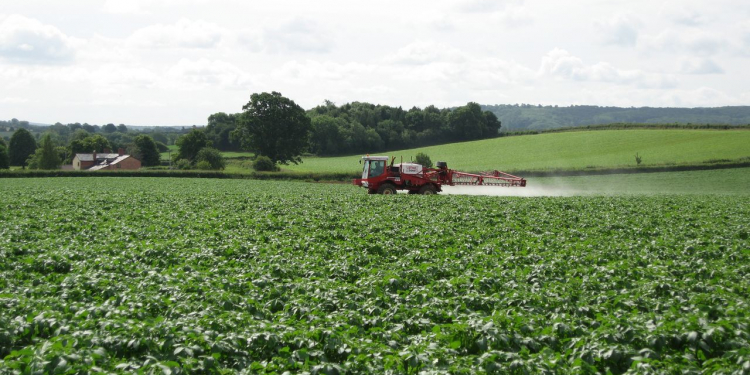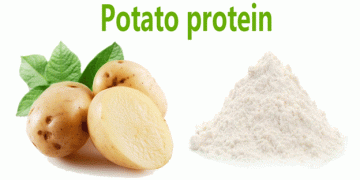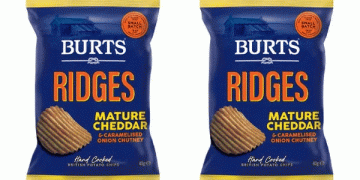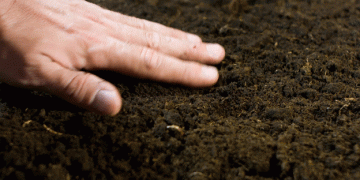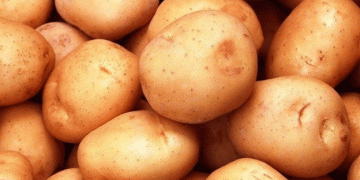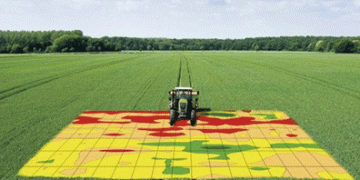In its newsletter from the beginning of this week, the Research Center for Potato Cultivation PCA and Inagro discussed the question of whether it is already time to use maleic hydrazide (MH) in potato cultivation. This is mainly to facilitate the coming potato storage.
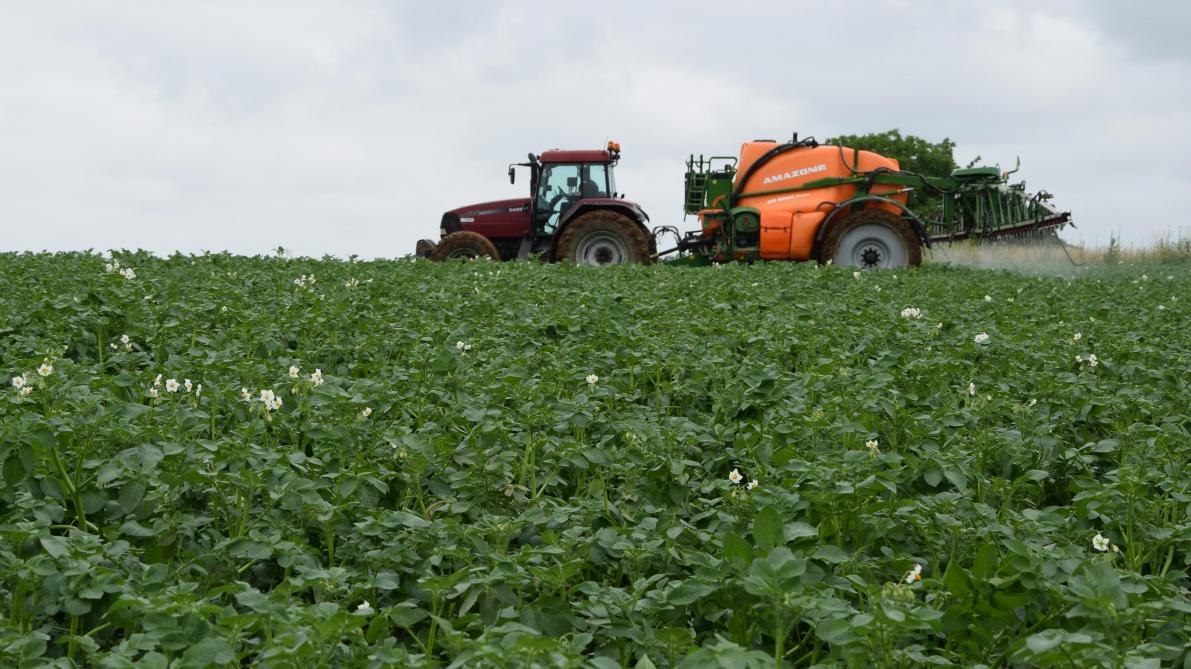
The last storage season was the first season without chlorpropham (CIPC). Germination inhibition had to be done with Argos, Biox-M, 1,4Sight or Restrain. The first experiences were also the most difficult. Because shortly after the 2020 harvest, many potato batches were particularly germinating. This had everything to do with the conditions in which the potatoes had been grown. Drought and heat had caused a lot of stress, after which the dormancy period turned out to be very short.
Early germination
Those who sprayed maleic hydrazide (MH) in good conditions during the field phase had a major advantage. This was evident in warehouses where both MH-treated and untreated (or late-treated) batches were stored side by side.
At the beginning of November, batches without MD already showed 1 cm long germs. For that reason, many growers had to carry out a first treatment 2 weeks after the harvest, which was quickly followed by a second treatment. In this phase of storage, a lot of ventilation still had to be done, which was not always possible if the shed had to remain closed for 48 hours after application.
Save with MH
Well-handled parties clearly remained calmer. An initial treatment with germ inhibitors could often be postponed in such batches until the wound healing phase was over and most drying ventilation hours had been completed. Several growers have stored their potatoes on the basis of MH and delivered them in January (February) without additional sprouting inhibition. The importance of a good MH application has also remained clearly visible during the rest of the storage season.
The coming storage season may be different. Until now, the crop had little trouble with drought and heat. Nevertheless, it is preferable to provide an initial sprout inhibition with MH in the field. A good application gives the potato more rest shortly after harvest. The spraying conditions are already a lot better than last year: the crop is vital and the temperatures are reasonable.
Grading +35mm
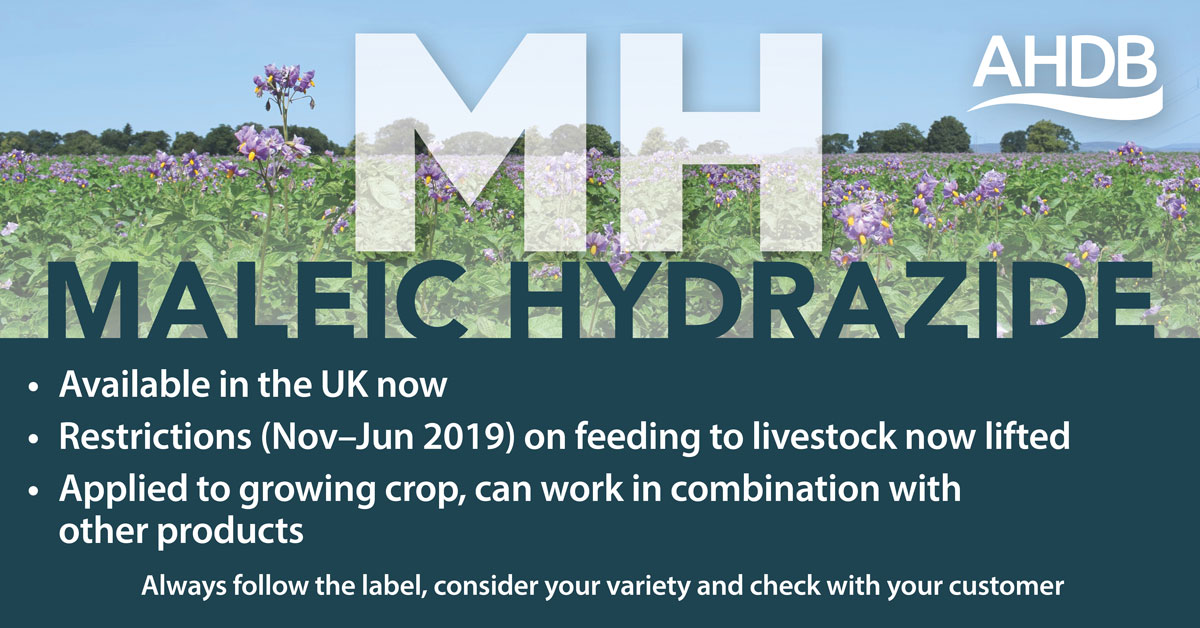
For early-ripening storage varieties such as Bintje and Innovator, but also in early-planted batches of Fontane, the conditions for an Maleic hydrazide application may gradually be reached. If more than 80% of the tubers are in the +35mm grade, a treatment can be carried out. After all, at that moment the phase of cell division is over. Since MH has an inhibitory effect on nodules in the cell division phase, it is of great importance to wait until the +35mm sorting has been reached. Some parties are already at this stage.
An Maleic hydrazide treatment can possibly be postponed a little longer. However, be aware that the active substance needs 2 to 3 weeks to reach the tubers in sufficient concentration. For this reason, the crop must also remain vital for 2 to 3 weeks after the MH application (insure transport). We know from Bintje and Innovator that the foliage can deteriorate quickly in August. It is therefore best not to postpone an Maleic hydrazide treatment for too long in early-ripening storage varieties (which are in the +35mm range).
Some points of attention in cultivation (… maleic hydrazide during the field phase. “It can ensure that the potatoes remain dormant for several weeks to months after harvesting. That gives the grower time to ventilate while drying, to do wound healing…)
Spray conditions
A good absorption of MH by the leaf is crucial! Therefore spray at moderate temperatures (less than 25°C) on a green and vital crop (juice flow required!). Preferably spray on a fresh, but dry crop in the morning. For a good absorption, no rain should fall within 24 hours after application. Stick to the recognized dose: a single 11 l/ha Crown/Itcan or 5 kg/ha Fazor/Himalaya.
